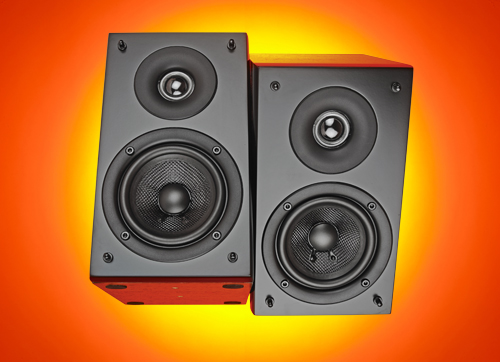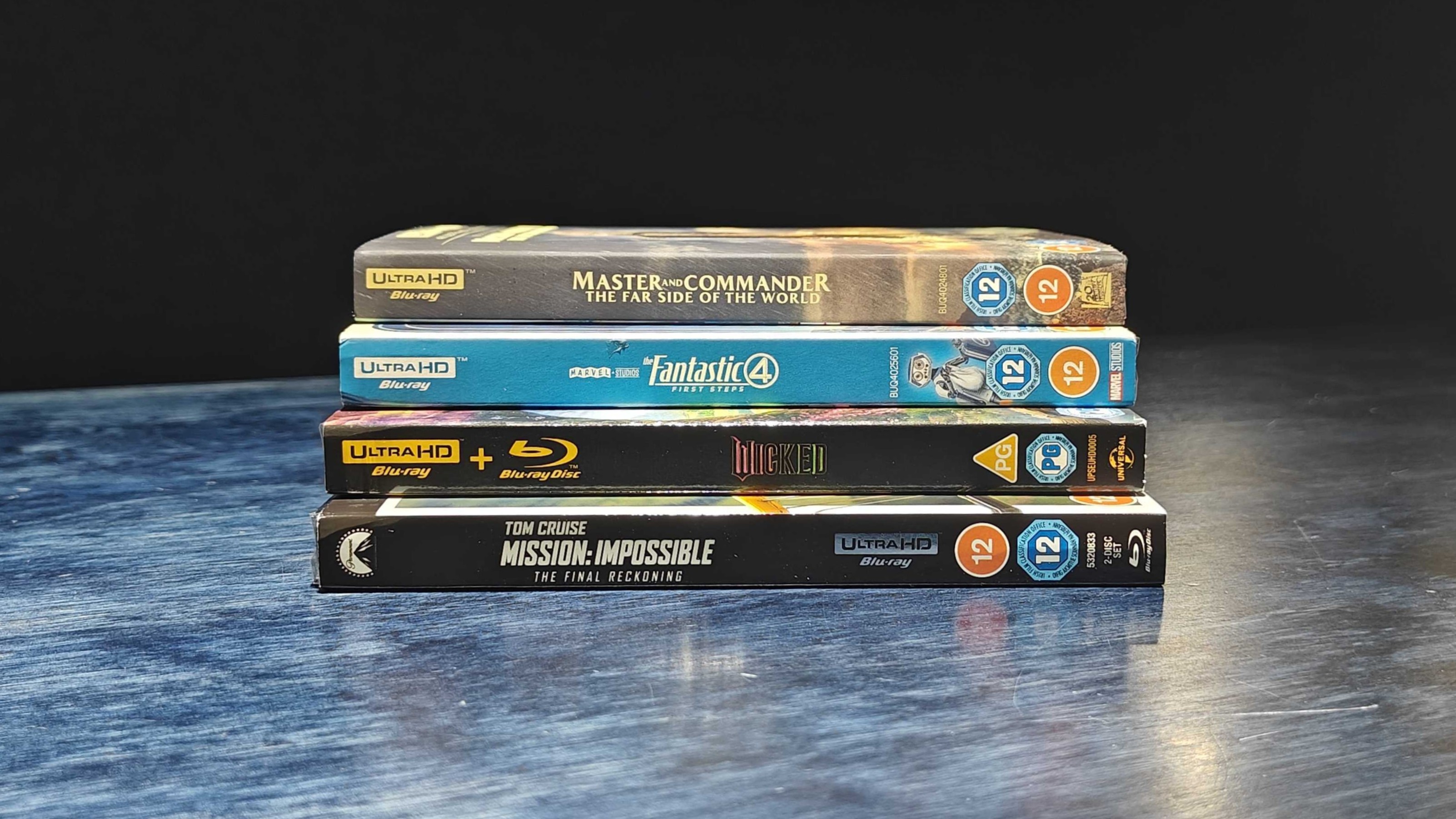What Hi-Fi? Verdict
Polished, insightful performers committed to revealing your music
Pros
- +
Impressively detailed
- +
Clean, refined sound
- +
Fast, responsive dynamics
- +
Clear vocals
Cons
- -
Slightly disjointed bass
- -
A little picky with placement
Why you can trust What Hi-Fi?
We’ve been smitten with Pioneer’s range of home cinema amps and budget Blu-ray players recently, yet it’s been a while since a pair of its speakers have passed through our test-room doors.
So a warm welcome is given to its latest standmounts – the S-CN301-LRs. That might be a mouthful to pronounce, but remove the speakers from the box and they create a favourable first impression.
Design

A polished-veneer finish makes them not only one of the smartest speakers at the price but one of the best built too.
Around a third smaller than most rivals, they can happily take pride of place on any bookshelf – good news for someone who’s lacking room space or doesn’t have the budget for stands.
Needless to say, though, quality stands such as the Soundstyle Z2 would unquestionably deliver a more solid performance than any shelf.
We give them a home on some Atacama Nexus 6 stands (£70) and, a couple of minutes into our first track – Alfie Boe singing Bring Him Home – it is obvious that good things can come from small packages.
We’re met with clear, clean-cut vocals and an open, room-filling soundstage.
The latest hi-fi, home cinema and tech news, reviews, buying advice and deals, direct to your inbox.
Performance

Coupling terrific detail with nimble dynamics, the Pioneers dance around Tchaikovsky’s The Nutcracker: Waltz of the Flowers and keep neatly on their toes up and down the frequency range.
There’s a meticulous sense of each instrument’s purpose as it flows fluidly in and out of Beethoven’s String Quartet in A Minor, Op. 132:1 Assai Sostenuto – Allegro. We’d go so far as to say that, at this price, they’re the most revealing speakers we’ve heard.
What’s more, it’s a clean, measured and refined presentation that makes longer listens welcome.
They do feel a bit lightweight far from a wall, however. We found that forsaking a more expansive soundstage by moving them close to a rear wall is justified by a more assertive bass presence.
But even then, bass notes lack some depth and seem a touch divorced from the solid relationship between the midrange and treble.
This is a more noticeable hindrance to upbeat, bass-driven music where rhythm is key.
Put them head-to-head with their direct rivals, the Dali Zensor 1s (also £200) and that lack of drive makes Wyclef Jean’s Perfect Gentleman feel oddly tame – we much prefer being rapt by the Dali’s giddiness as a result of a finer balance between refinement and excitement.
Verdict
The S-CN301-LRs may not induce as much head-bopping as we’d like, but their distinguished, spick-and-span sound, insightful capability, and way with words will work wonders for anyone with a music collection that isn’t very bass-driven.
And with a nicely finished neat design, they’ll surely be as appealing to the eyes as they are to the ears.
MORE: Best buys hi-fi speakers
MORE: Awards 2013 – all the winners
Follow whathifi.com on Twitter
What Hi-Fi?, founded in 1976, is the world's leading independent guide to buying and owning hi-fi and home entertainment products. Our comprehensive tests help you buy the very best for your money, with our advice sections giving you step-by-step information on how to get even more from your music and movies. Everything is tested by our dedicated team of in-house reviewers in our custom-built test rooms in London, Reading and Bath. Our coveted five-star rating and Awards are recognised all over the world as the ultimate seal of approval, so you can buy with absolute confidence.


